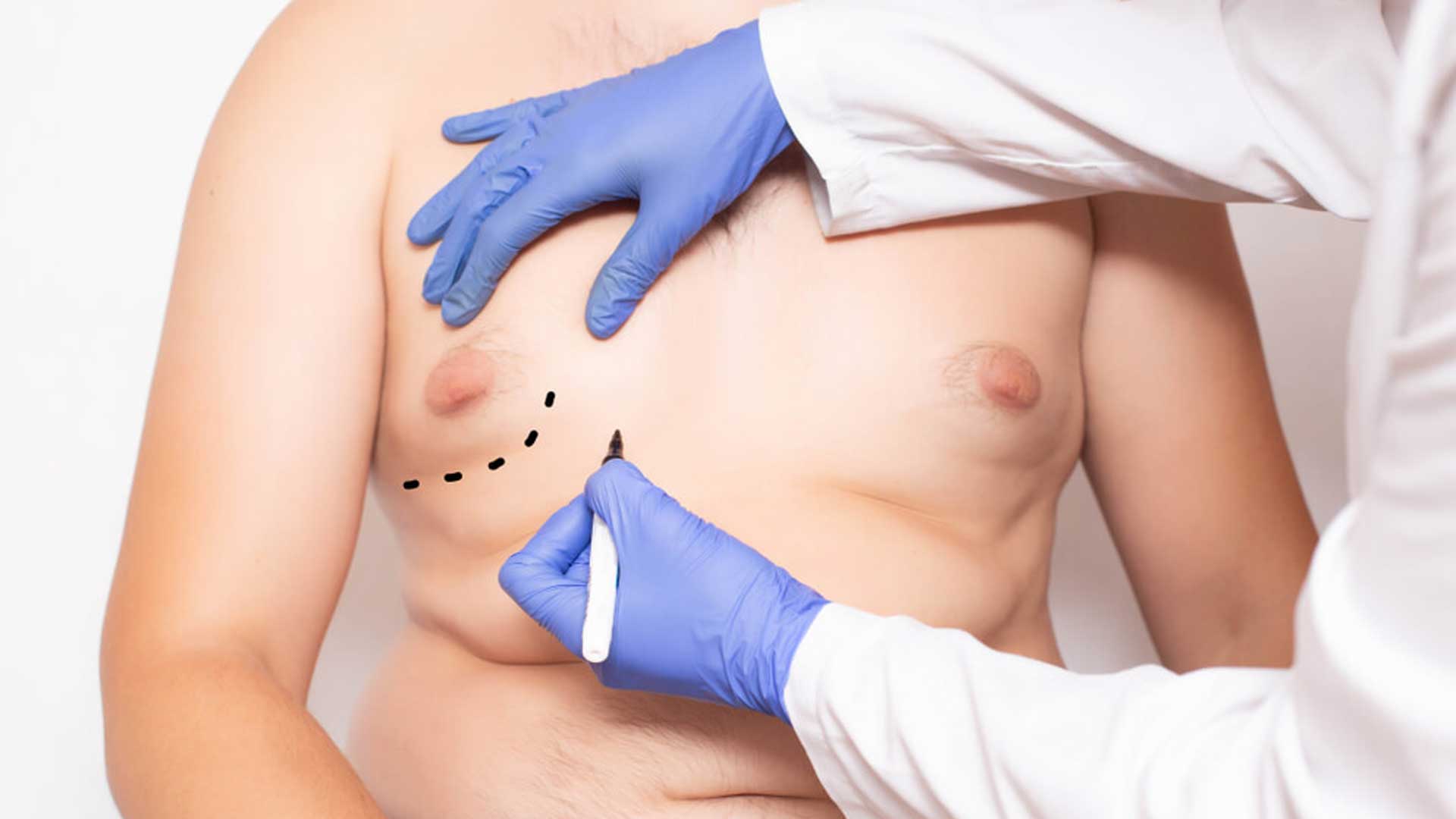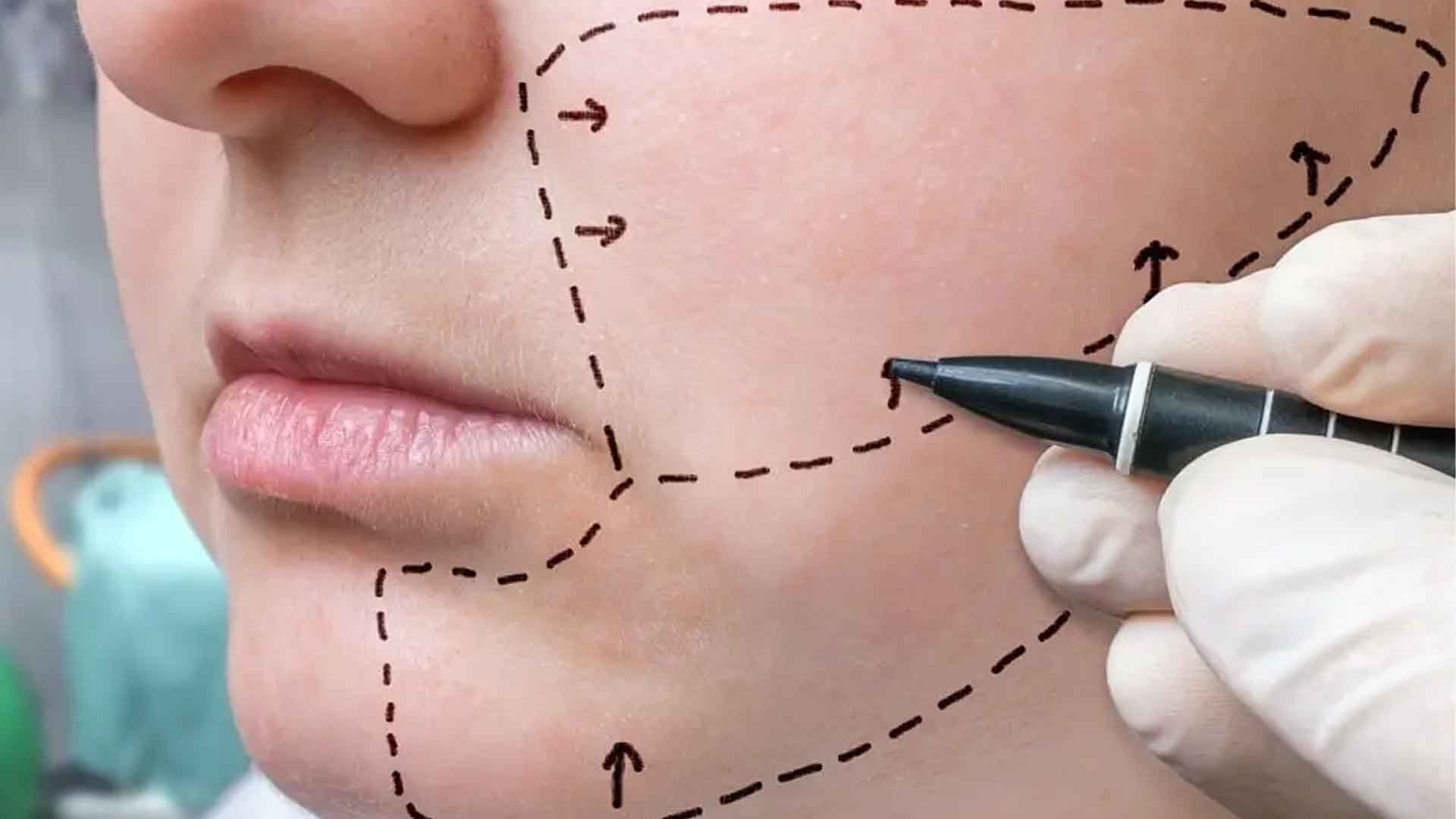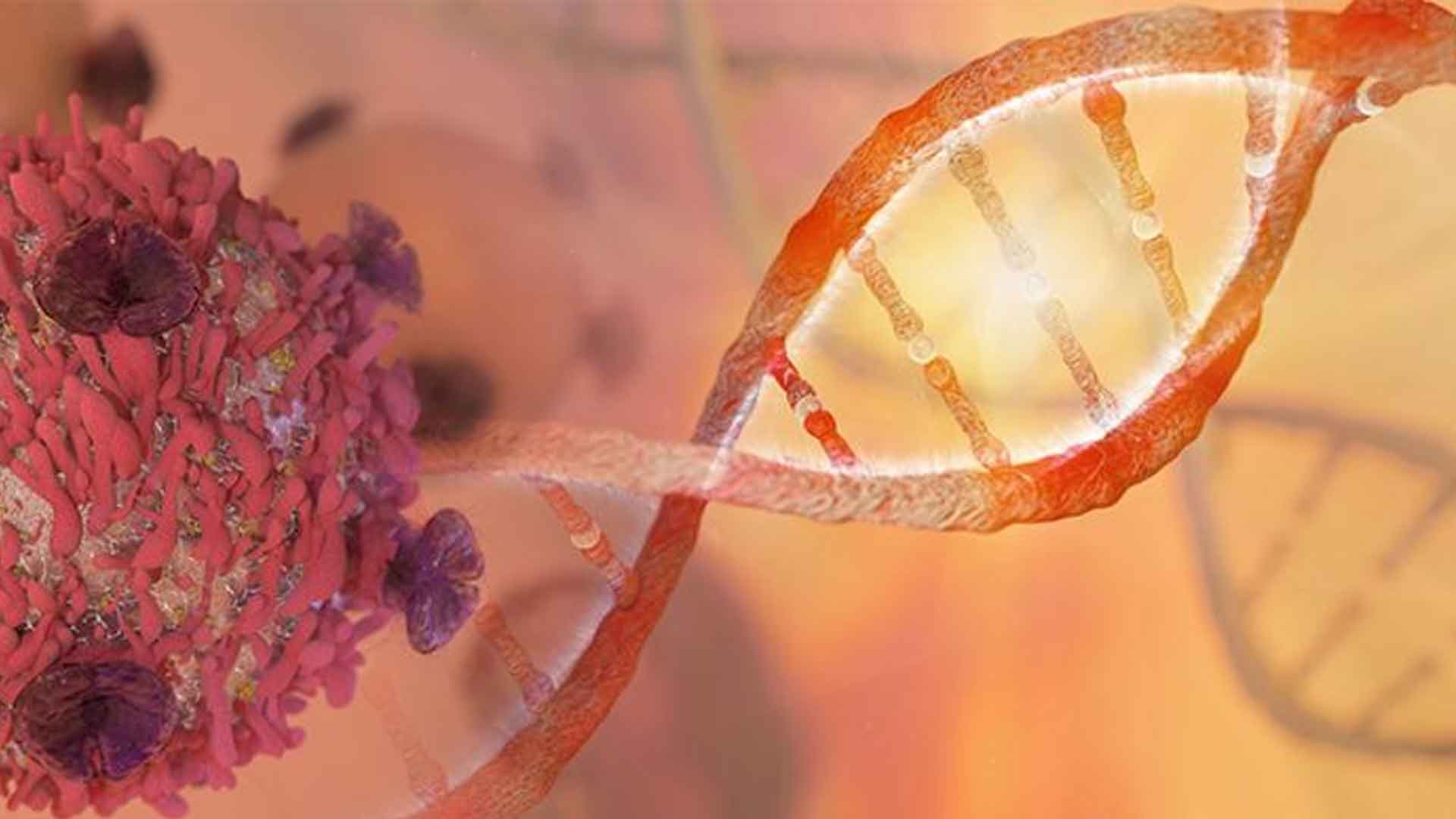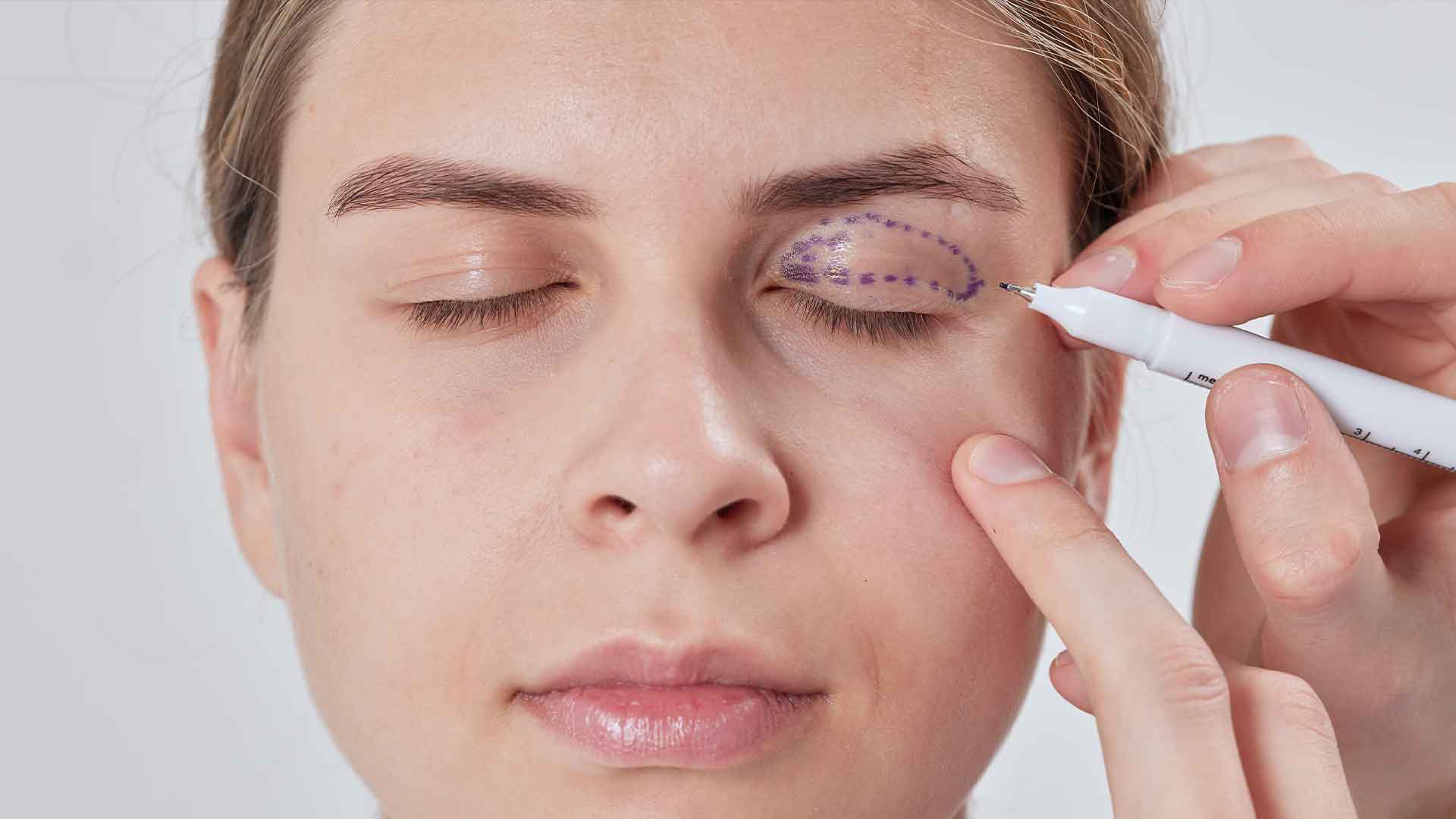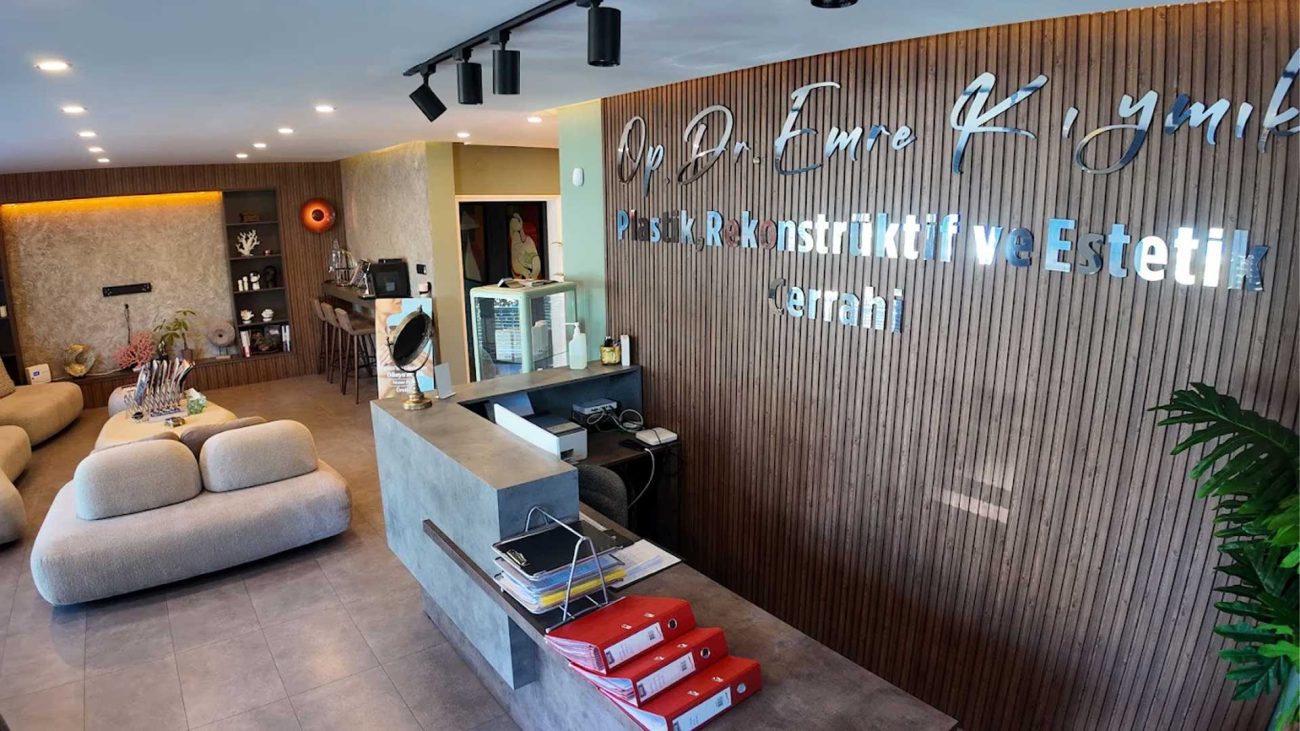Breast Augmentation
What is Breast Augmentation?
Breast augmentation is the process of increasing the existing breast volume by placing implants either under the breast tissue or beneath the chest muscle. During the breast augmentation procedure, any sagging or laxity present is also addressed simultaneously by reshaping and firming the breast tissue.
How long does breast augmentation surgery take?
A routine breast augmentation surgery typically takes about 1 hour.
Where is the incision made in breast augmentation surgery?
An incision of approximately 4–5 cm is made under the breast fold to place the breast implant. The implant is positioned into the pocket created according to its size and then closed with fine sutures.
Is there an age limit for breast augmentation surgery?
The minimum age for breast surgery is 18, as breast tissue continues to develop until this age. All reduction and augmentation surgeries can be performed from this age onward.
Does breast augmentation surgery leave a scar?
Every surgery involving an incision leaves a scar. In breast augmentation, the goal is to place the incision in a location where the scar is inconspicuous, discreet, or easily hidden, while ensuring a successful operation. The visibility of the scar varies from person to person and cannot be predicted in advance.
In breast augmentation surgery, an incision can be made in various locations under the breast to create a pocket for the implant. The choice of incision depends on the patient’s breast anatomy, the surgeon’s preference, and the patient’s wishes.
Typically, a 4–5 cm incision is made in the breast fold. Depending on the size of the implant, the incision can also be made through the areola, the underarm, or even the navel to place the implant.
In which cases is breast augmentation surgery performed?
Breast augmentation surgery is most commonly performed to increase breast size in women who are dissatisfied with their breast volume. In addition, it can be performed for various other reasons. It may support the restoration of breasts that have sagged or lost volume after breastfeeding or significant weight loss. Breast augmentation can also be performed to provide breast volume in women whose breast development is affected by chest wall anomalies. Additionally, implant-based breast augmentation may be performed as part of gender-affirming surgery to create a breast contour.
Does breast augmentation surgery prevent breastfeeding?
Breast augmentation surgery does not prevent breastfeeding, as the mammary glands and ducts are not affected during the procedure.
Does breast augmentation surgery increase the risk of cancer?
Extensive research has been conducted worldwide on this topic for many years. Recently, one implant brand was associated with ALCL (Anaplastic Large Cell Lymphoma). As a result, it was withdrawn and is no longer in use.
When can one return to work after breast augmentation surgery?
Patients can usually go home the day after breast augmentation surgery. It is recommended to rest at home for 3–4 days following the procedure. For those with desk jobs, most patients can return to work and social activities after about one week. However, for patients whose jobs require heavy physical activity, this period may be slightly longer.
Breast Lift (Mastopexy)
What is Breast Lift Surgery?
Breast lift surgery is fundamentally similar to breast reduction procedures. In breast lift operations, the primary concern is the excess skin that causes sagging. According to specific surgical markings, excess skin and a small amount of tissue are removed. The sagging nipple and breast tissue are reshaped to achieve a firmer and more elevated breast. These surgeries can be performed with or without implants. The key factors in this decision are the existing breast tissue volume, skin quality and elasticity, the degree of sagging, and the patient’s expectations.
How long does breast lift surgery take?
Breast lift surgery can take approximately 2–4 hours. The most important factor determining the duration is the specific surgical plan and techniques to be applied.
What are the important points to consider after breast lift surgery?
Before breast lift surgery, smoking should be stopped or reduced if possible, excessive use of herbal supplements should be avoided, and any chronic illnesses should be properly managed.
Can breastfeeding be done after breast lift surgery?
During breast lift surgery, the milk-producing glands are preserved as much as possible. However, it cannot be guaranteed that the patient will be able to breastfeed afterward. Some patients may be able to breastfeed after this type of surgery, while others may not.
Does breast lift surgery leave a scar?
Any procedure involving an incision leaves a scar. In breast lift surgery, the scar may be in a lollipop shape or an inverted T shape. The determining factors are the degree of breast sagging and the amount of tissue to be removed. The visibility of the scar varies from person to person; in some patients it may be barely noticeable, while in others it may be more prominent. Factors such as chronic illnesses, smoking, and age can affect scar healing.
Can breast lift and breast augmentation be performed together?
If there is significant sagging and insufficient breast tissue, both an implant can be placed and a breast lift performed. This is one of the most technically challenging breast surgeries. The size of the implant and the amount of skin tightening are determined definitively during the surgery.
Breast Reduction
What is Breast Reduction Surgery?
Breast reduction surgery involves removing the skin and breast tissue that cause heaviness and sagging, and reshaping the remaining breast to achieve a firmer and more aesthetically improved appearance.
How long does breast reduction surgery take?
Depending on breast size and the surgical techniques used, breast reduction surgery typically takes around 2.5–3 hours.
Can breastfeeding be done after breast reduction surgery?
During breast reduction surgery, the milk-producing glands are preserved as much as possible. However, it cannot be guaranteed that the patient will be able to breastfeed afterward. Some patients may be able to breastfeed after this type of surgery, while others may not.
Is there pain after breast reduction surgery?
After breast reduction surgery, pain is managed on the first night in the hospital with appropriate pain medications to ensure a comfortable night. The pain after surgery is generally mild and can be controlled with oral painkillers starting the next day.
Who can undergo breast reduction surgery?
Having large breasts can cause neck and back pain, noticeable shoulder strap indentations, excessive sweating under the breasts, and skin irritation. It may limit various physical activities and negatively impact psychological well-being, causing aesthetic discomfort. For individuals experiencing these issues, breast reduction surgery can provide an effective solution both for health and aesthetic reasons.
Postoperative Care After Breast Reduction Surgery
After the surgery, a hospital stay of one or a few days is expected due to general anesthesia. You will be able to walk and perform light activities within two weeks. Mild pain, swelling, and a feeling of tightness in arm movements are considered normal. Especially during the first three weeks, you should avoid lifting heavy objects and stay alert to any symptoms your doctor has advised you to watch for.
Nipple Aesthetic Surgery
Why is nipple aesthetic surgery performed?
In some patients, the nipples are absent from birth, while in others, certain deformities may develop later. These conditions, which cause aesthetic concern for the patient, can be corrected with nipple aesthetic surgery. In particular, inverted nipples during breastfeeding can pose a significant problem. Surgery improves the appearance of the nipples and helps ensure a smoother breastfeeding experience.
What should be considered after nipple aesthetic surgery?
After nipple aesthetic surgery, patients are usually discharged on the same day, although in some cases an overnight hospital stay may be recommended. Pain, which can be controlled with painkillers, is common. Swelling in the breast area may persist for a few days but resolves on its own and returns to a normal appearance. Bandages are applied postoperatively and are typically removed after 3–4 days. Patients are advised to wear a sports bra during the recovery period, usually for about 2 weeks. Most patients can return to normal daily activities within a few days, but should avoid heavy work and exercise for approximately one month. Temporary numbness or sensitivity in the nipple may also occur in some cases.
Does nipple aesthetic surgery leave a scar?
The most important factor is the technique used in nipple aesthetic surgery. If an incision and sutures are made on the nipple, a slight scar may remain. This scar is usually natural, blending with the skin over time and becoming barely noticeable.
Gynecomastia
What is Gynecomastia?
Gynecomastia can be described as male-type breast enlargement. It is characterized by the growth of breast tissue or an increase in the male mammary gland. This condition typically occurs during adolescence or in older age.
What causes gynecomastia?
Gynecomastia in men does not always require an underlying medical cause. Lifestyle and diet are among the most important factors. Normally, testosterone and estrogen levels should be balanced in men. However, in some cases, increased estrogen or decreased testosterone can lead to breast tissue growth. The most common causes of gynecomastia include hormonal disorders or changes, obesity, certain medications, and genetic factors.
What symptoms can occur in gynecomastia?
- Tenderness in the breast area
- Pain or tenderness in the colored area of the nipple or around it
- Discharge from the nipple
- Asymmetry between the two breasts
- Lump or firmness under the nipple
At what age can gynecomastia surgery be performed?
It is important for patients to have completed their physical development before undergoing gynecomastia surgery. This procedure is not recommended for individuals under 18, as their body development may not be complete.
Does gynecomastia surgery cause cancer?
Cancer is not expected to develop as a result of the surgery.


